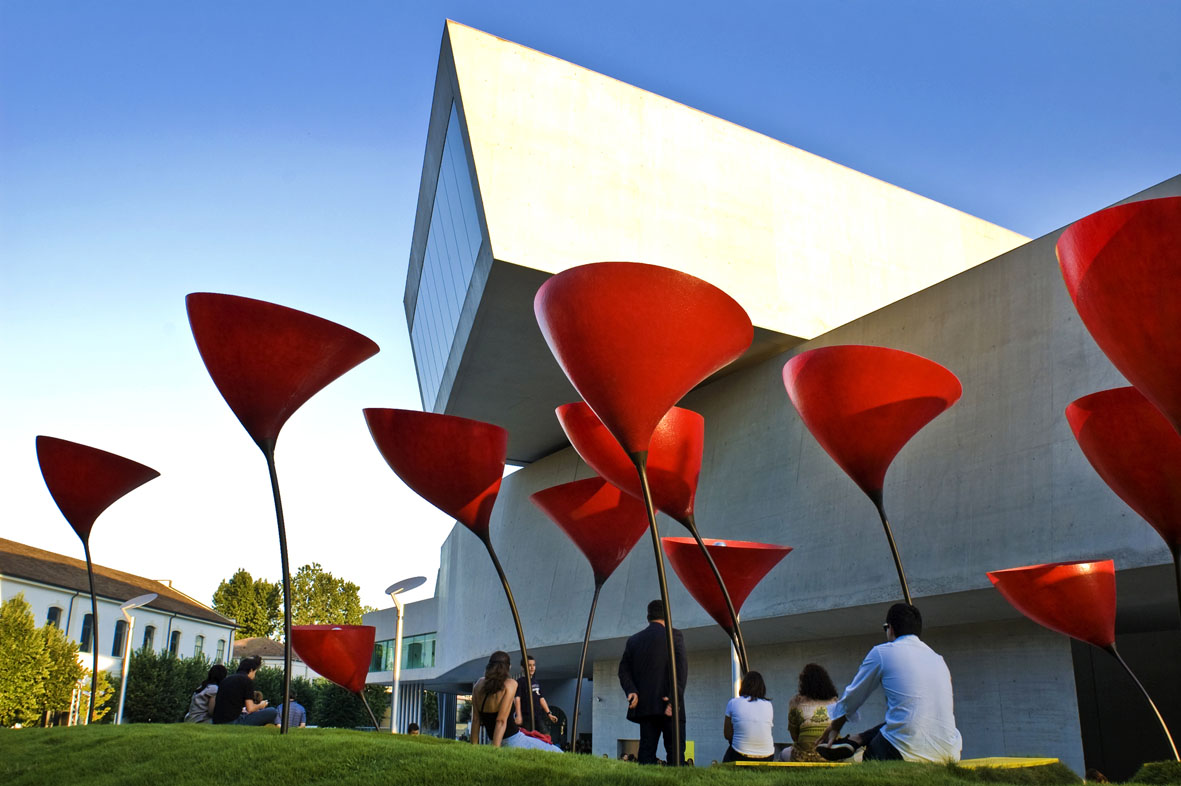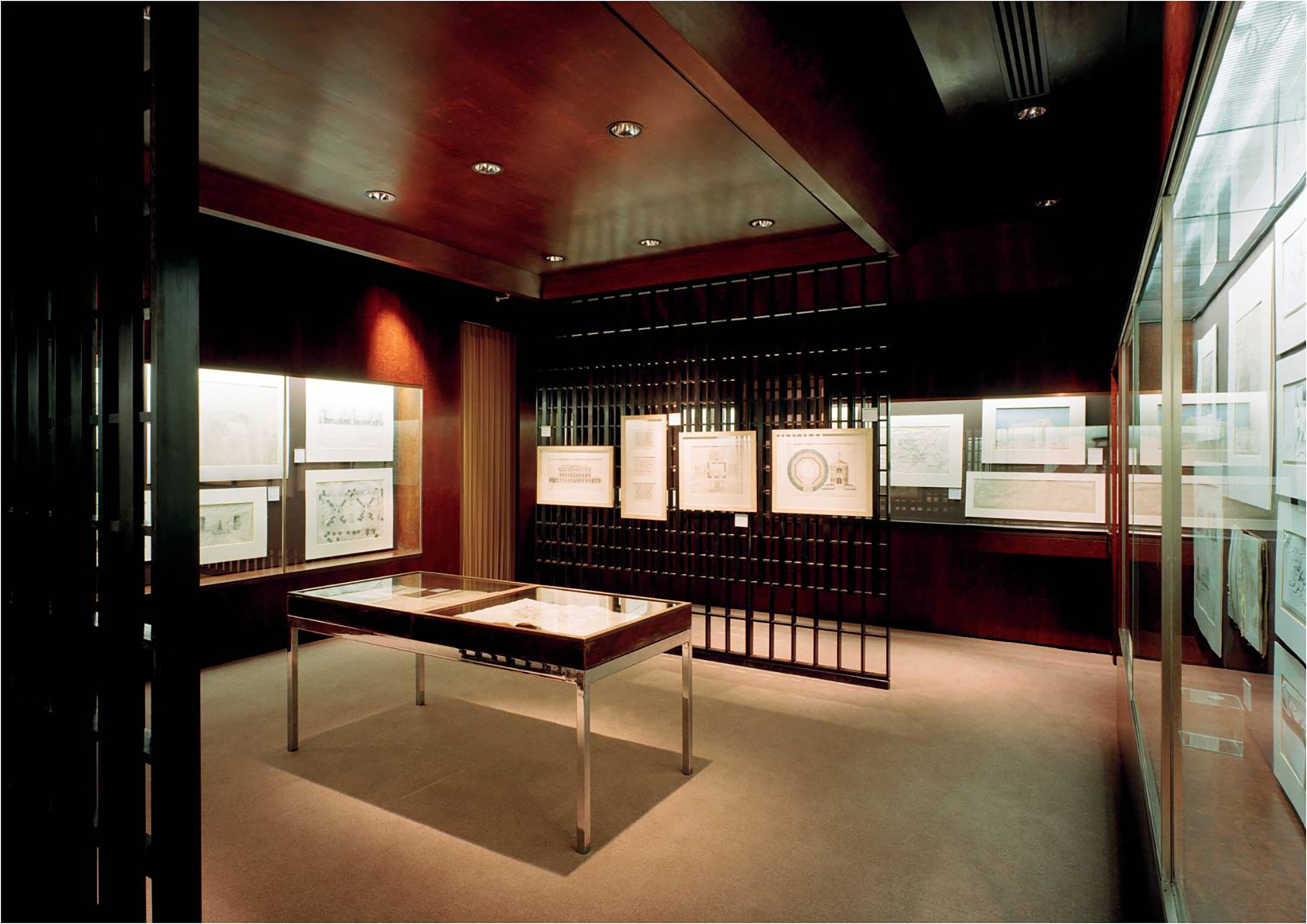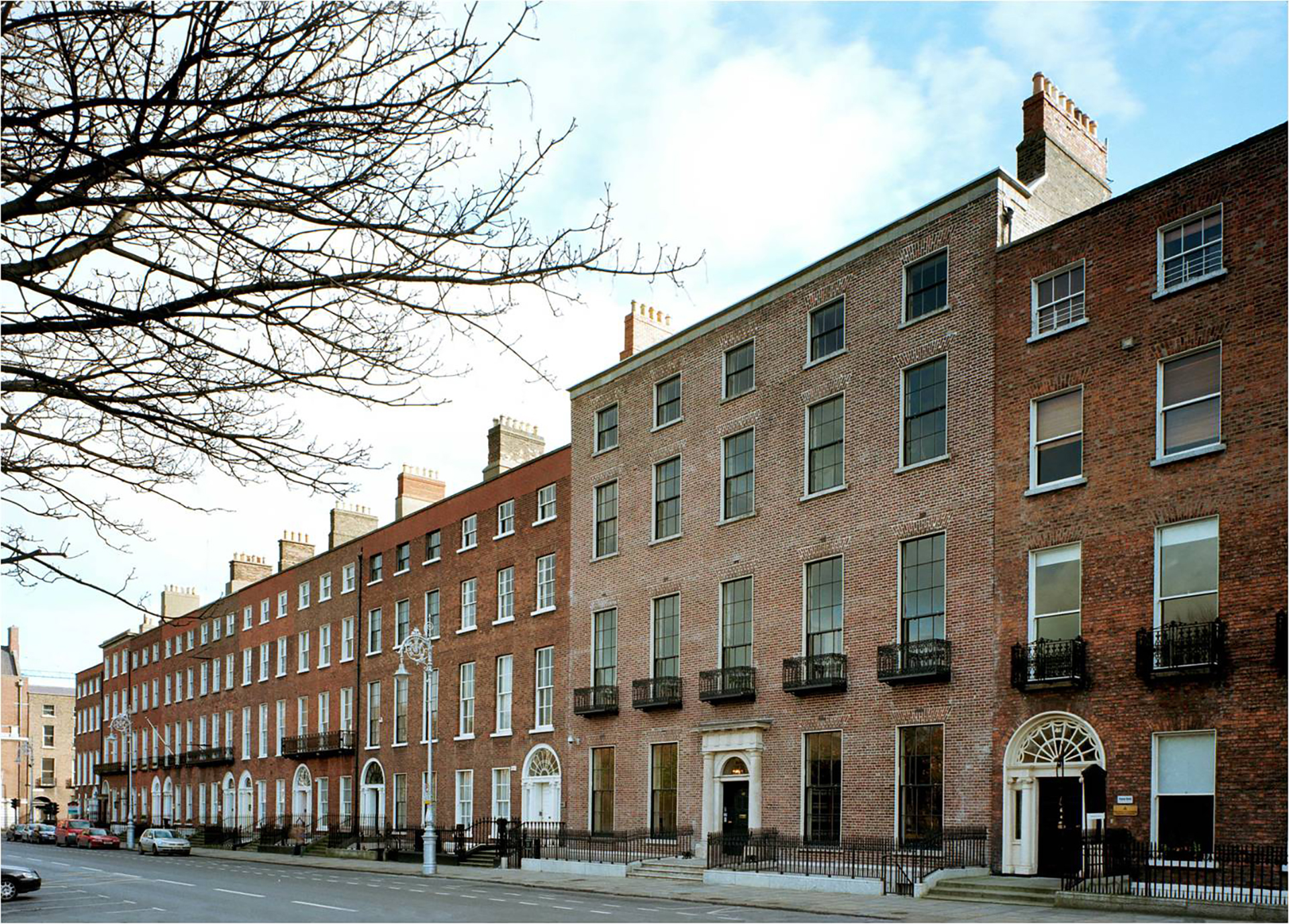PICCOLE UTOPIE – SMALL UTOPIAS is an exhibition on the ‘new’ Italian architecture of the third millennium, between history, research and innovation, curated and designed by MAXXI Architettura on behalf of the Ministry of Foreign Affairs, Italy, presented in Dublin by the Istituto Italiano di Cultura and the Irish Architectural Archive.

The exhibition combines the best of Italian architectural energies along three parallel lines: authors, projects and themes. The exhibition has tried to identify buildings or projects designed to highlight not only the ability to imagine bold and convincing architectural solutions but also the ability to make them become real and inhabited space without the building losing integrity and beauty.
Many factors guided the choice of projects and buildings to be exhibited. The first, found most often in the exhibition, is that of recycling, reuse / restructuring / reconstruction and even restoration, and considered not only as a civil necessity in a country over-built and full of buildings to be recovered, but also as a stimulating and productive creative device.
Another recurring theme in the exhibition is that of inhabiting a place, in its various forms. The exhibition includes a new (ecologic) idea of ‘residential complexes’, single family houses and studio-houses that witness a brief yet significant research on spaces and lifestyle of the ‘third millennium’, always mindful of that Italian predisposition for the ‘city’.
A few projects deal with the theme architecture ‘for’ or ‘suited to’ exhibiting and displaying, suspended between art, installation, construction, landscape and design. The interesting impression from this series of projects is that the combination architecture / museum can give, today and in the future, a vital contribution to the new idea of welfare, fueled by the strong and non-speculative role of private partners.

Including projects that are less construction-oriented and more suitable for museum spaces or collaborations with cultural institutions allowed for the inclusion of a significant number of architects from the younger generation, still full of fresh enthusiasm as well as academic and professional experiences often gained abroad. In their work, sustained by that of their more experienced colleagues, it is hoped for a growing and increasing relaunch of Italian architecture, and the entire national cultural production. The ten authors chosen for this exhibition are the tip of the iceberg that represent a widespread ferment that can give us a glimmer of optimism, reminding us of some features of Italian architecture that we had forgotten and that seem particularly suited to our age: first and foremost the natural tendency to hold together memory and the future, the regeneration of what already exists and the allure of the new.



